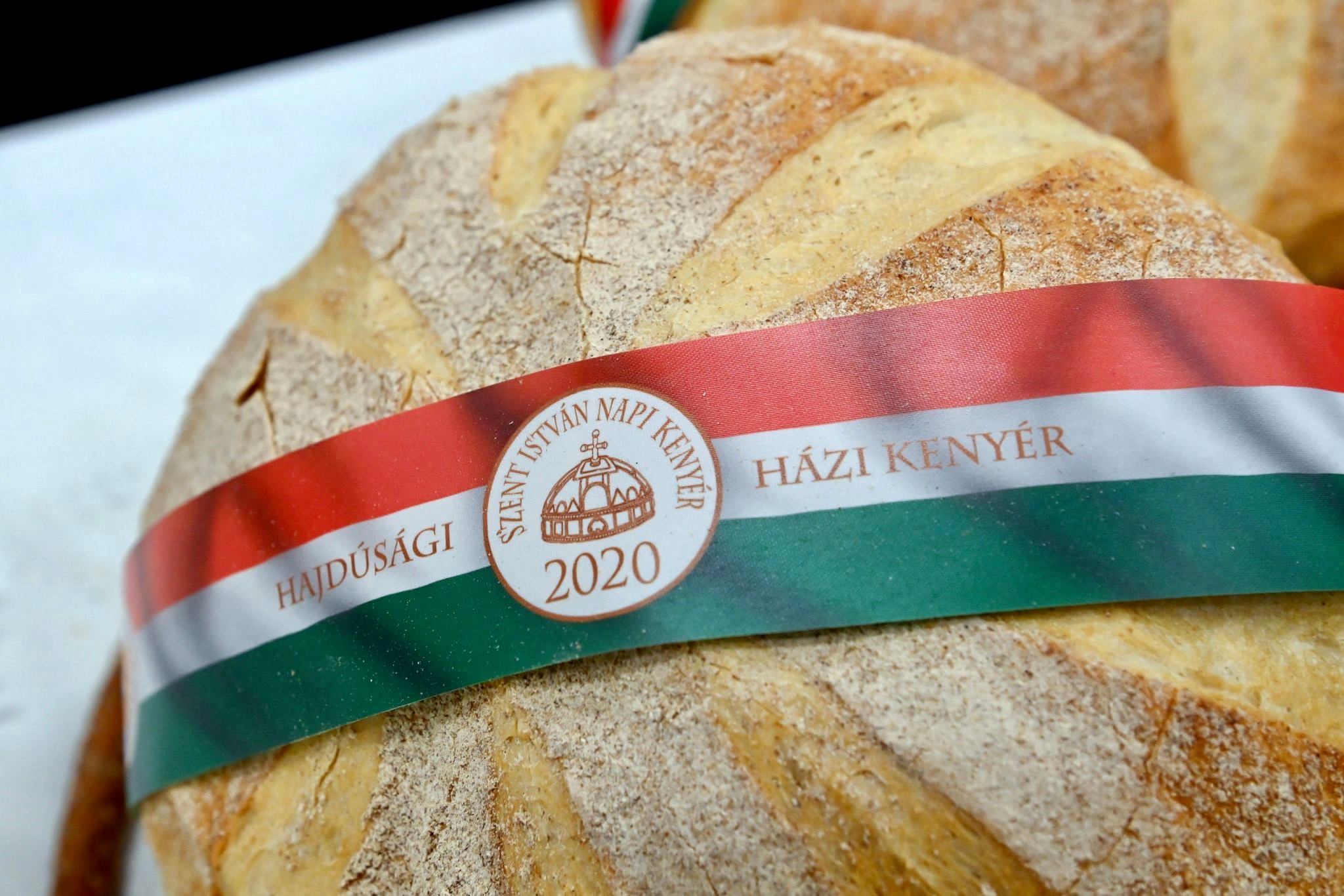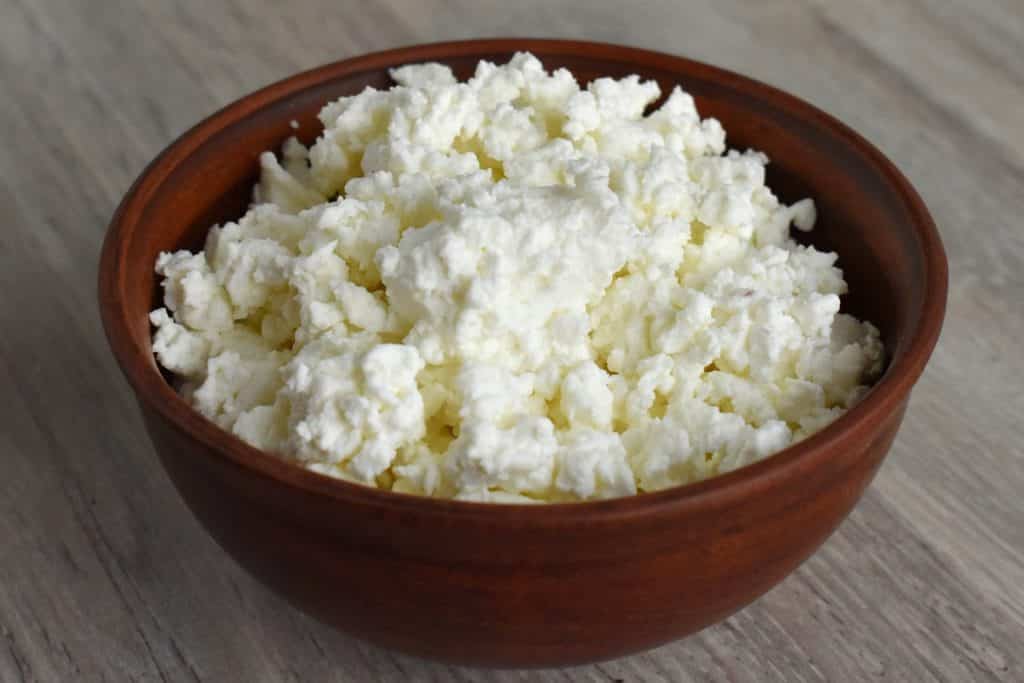How and what did the ancestors of Hungarians eat?

Hungarian gastronomy is gaining popularity or at least some publicity around the world recently, and if you are a regular reader of ours, you might be familiar with its flavours and even some recipes. Mainly it is famous for its meat dishes, such as the goulash (gulyás), potatoes and one of the most well-known Hungarian spices, the paprika. To be honest, yes, these are all part of Hungarian gastronomy today, but it was not always like that. Let us go on a journey into the past and look at what the ancestors of Hungarians ate.
We should start with some ‘debunking’. So, although we use paprika, the plant itself is from America. At first, it was thought to be poisonous, so it was used only as a decorative plant and the name ‘paprika’ was only coined in Hungary in 1724. Towards the end of the 18th century, it started to gain popularity as a spice and have since transformed the Hungarian cuisine entirely. The same goes for potatoes as well. Although the Hungarian ‘paprikás krumpli’ (potato paprikash) is a prevalent dish, it could not have been made earlier than 1650, as the potato presumably entered the country from the New World around that time. Bread, as we know it today, was not consumed by early Hungarian either, but more on that later.
If they could not have used the things that make Hungarian cuisine Hungarian today, then what did they eat? – you might ask. Well, to be honest, it is easier than you might think, and some things endured the sands of time and are still used as important building blocks of several Hungarian dishes. The main difference was their lifestyle.
Early Hungarians were equestrian people who were frequently on the move. They did not often use stationary cooking methods such as ovens for example.

Ingredients and ideology
Ingredients-wise, they mostly ate what nature offered; what they could catch or collect. Of course, they also grew some plants and bred some animals to eat their meat or use their milk, such as cattle, horses, and sheep. They used a wide variety of wild-growing spices, fruits, and vegetables as well as a plethora of different types of grains. According to some speculations, Hungarians might have brought two spices with themselves to Europe: ‘tárkony’ (tarragon) and ‘csombor’ (savoury, esp. summer). Other spices include: ‘kakukkfű’ (thyme), ‘fűszerkömény’ (caraway), ‘fokhagyma’ (garlic), ‘kapor’ (dill), ‘zsálya’ (salvia/sage), ‘lestyán’ (lovage) among others. As I mentioned, they also used other, wild-growing plants, which were mainly: ‘csalán’ (nettle), ‘kamilla’ (chamomile), ‘medvehagyma’ (bear leek), etc. They hunted different types of game, such as ‘szarvas’ (deer), ‘vaddisznó’ (boar), ‘nyúl’ (rabbit), but fish were also often part of their menu.
Their main idea of gastronomy was based on the respect of the five elements that were part of their culture: fire, water, earth, wood and iron.
Therefore, it seems logical that they cooked in an iron pot or kettle (‘üst’ or ‘bogrács’) with water in it, standing over the ground heated by fire made from wood. This combined every aspect of their gastrological beliefs, and it is still viral today. Some of the most delicious Hungarian dishes are made with this technique. They could either make their dishes thick, such as ‘pörkölt’ (stew) or thin which would more-or-less resemble a rich soup. This might be the reason behind the fact that Hungarian ‘gulyás’ (goulash) could be a soup and a stew depending on how you make it, which is often confusing for foreigners.
If you are interested, you can find more information about ‘bográcsozás’ in these articles:
Guide to Hungarian outdoor cooking – Bográcsozás
3 Hungarian recipes for the traditional outdoor cooking, ‘bográcsozás’

Our everyday bread
For Hungarians today, bread is important, be it sourdough or otherwise, but for our ancestors, it was not as important, and it does not resemble our modern concept of bread. When early Hungarians were on the move, they could not use ovens – although ovens were not predominant due to their lifestyle, they sometimes built similar structures in their base camps – they had to improvise. While cooking in a ‘bogrács’ was possible, it could not be used to bake “bread”. What they ate instead was a mixture of flour, salt and water and baked on a hot, flat stone. This is called a ‘lepénykenyér’ (flatbread). Interestingly, in Csík and in Háromszék, the term ‘kőre leppencs’ which would translate to “crepe/flatbread on stone” is still used to describe a similar dish and in Bodrogköz the term ‘kövönsült’, meaning ‘baked on stone’ is used for Hungarian pancakes.
The dairy problem
There is an interesting problem with Hungarians and milk. The ancestors of Hungarians were unable to digest milk sugar or lactose, which is still true to many Hungarians even today.
But how could you use something at hand if you cannot digest it, well, Hungarians were crafty and developed methods to be able to consume milk, which leads to many different discoveries and interesting dishes. You might have heard about ‘Túró Rudi’, but if not, I will brief you up, it is a sweet snack of curd coated with chocolate. How does it fit here? The ancestors of Hungarians used several methods to get rid of lactose or reduce it, one of them was curdling, which meant that bacteria would transform lactose into lactic acid. Our ancestors have managed to produce several dairy products, such as cheese, curd, sour cream and yoghurt and one very interesting drink.

Quench your thirst
Naturally, the main drink of the ancestors of Hungarian was water, but there were some other, somewhat startling drinks they liked to consume. One such drink was ‘kumisz’, which is a common drink among Central Asian peoples. It is a somewhat sweet, mildly carbonated alcoholic drink made by fermenting the milk of a mare. They fermented it in skin, which made it consumable for lactose-intolerant people (Hungarians). The longer they left it in, the higher the alcohol content and the least sweet it got. You might think that Hungarians were always wine drinking people, but it is not true. Although they liked wine, they mostly got their hands on it via trade, or, you know, by taking it. What they drank instead was a rudimentary type of beer, as grains were much easier to grow than grapes.
How do we know
Although these are scientific speculations, they are not set in stone. There is not a lot of written evidence from such an early period, so the best method is to look for information about Hungarians in other nations’ history they have made contact with. For example, Hungarians learned making more complex beer from Slavic peoples. Looking at how peoples untouched by civilisation around Central Asia live might also uncover how the ancestor of Hungarians lived. One very similar ethnic groups are the ‘jugar’ or ‘jogur’ (Dzungar/Zunghar) who have very similar gastronomy to what has been described. Hope you found this article interesting.
Sources: Éltető Ételek, Nosalty, Daily News Hungary
Source:






Perhaps Shakespeare was influenced by the bogrács (cauldron) cuisine of early Hungarians when penning Macbeth:
‘ Double, double toil and trouble;
Fire burn and caldron bubble.
Fillet of a fenny snake,
In the caldron boil and bake;
Eye of newt and toe of frog,
Wool of bat and tongue of dog,
Adder’s fork and blind-worm’s sting,
Lizard’s leg and howlet’s wing,
For a charm of powerful trouble,
Like a hell-broth boil and bubble.
Double, double toil and trouble;
Fire burn and caldron bubble.
Cool it with a baboon’s blood,
Then the charm is firm and good.’
I have been trying to find information on pre-Americas Hungarian cuisines for months, to satisfy my curiosity on the subject. It seems that current Hungarian foods are heavy on peppers, including paprika, potatoes and breads. Thank you for the concise information in your article.